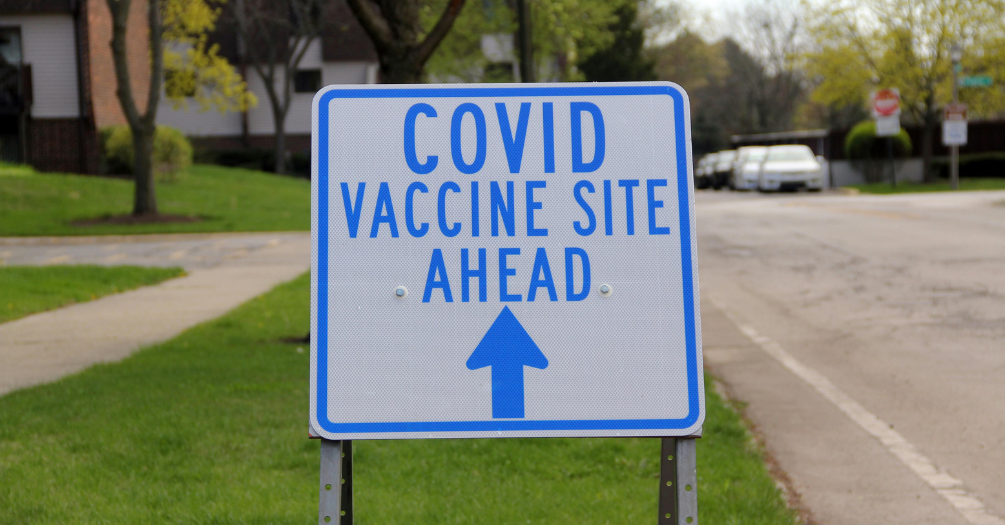
COVID-19 is the latest epidemic to show biomedical breakthroughs aren't enough to eliminate a disease
By Powel H. Kazanjian
COVID-19, syphilis, HIV/AIDS and tuberculosis show that while biomedical breakthroughs are necessary to eliminate epidemic diseases, sustained focus and resources aimed at helping the most socially and economically vulnerable are essential.




